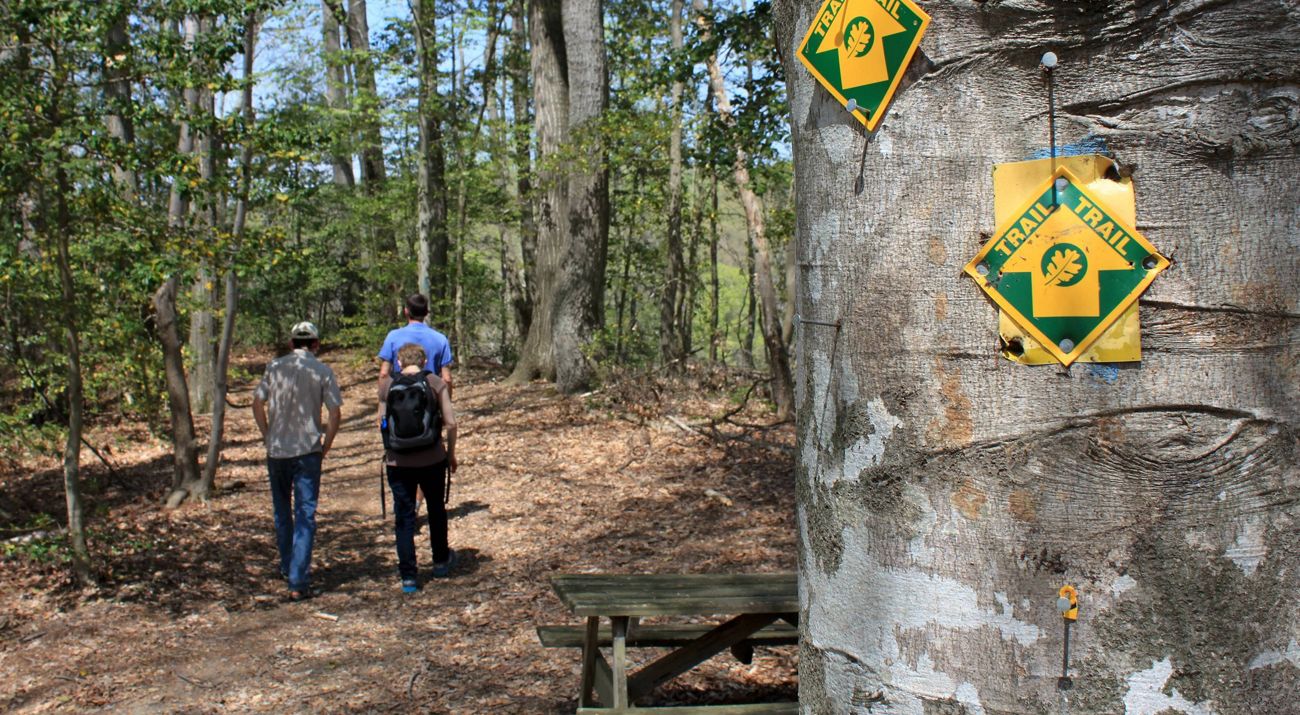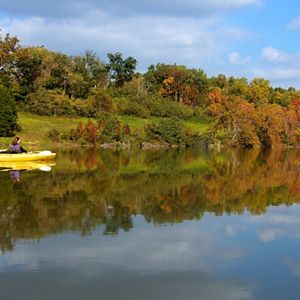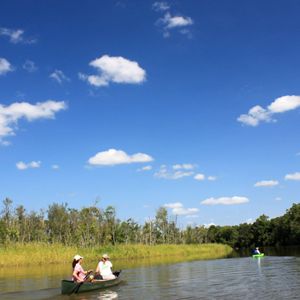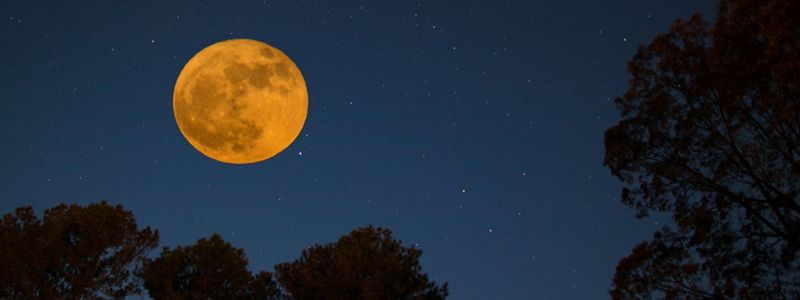by Stacey Remick-Simkins
Sometimes a moment captures my heart, mind and soul and reminds me that I am a witness to the extraordinary.
I visited Voorhees Preserve for the first time in October 2020 to celebrate its induction into the Old Growth Forest Network’s family of nationally protected old-growth forests. Voorhees’ woodland trails transport visitors to vistas overlooking the Rappahannock River. My fall hike led me to the foot of the two kissing trees.
I turned right at a fork in the trail, venturing down into a richly forested ravine. I discovered an oak tree that had grown out across the chasm and intertwined with a birch tree. The oak appeared to be supporting the birch, preventing it from falling off the slope and into the creek below. The two trees were connected by what looked like a kiss sealing a bond of friendship. It reminded me of recent studies documenting altruism among plant life, particularly trees. I touched the oak, gazing up and reflecting on the years it took for this connection to grow and solidify.
There are many such stories to tell within TNC’s preserves. It is in reverence to these extraordinary moments that I have dedicated myself to preserve stewardship. If we take the time to wonder and cherish these places—care for them like these trees care for each other—we can contribute to something far greater than we can know. Partnering as a preserve steward supports TNC’s vital, ongoing work to preserve and protect these natural treasures for generations to come.
Stacey Remick-Simkins has been a TNC volunteer for six years and is a preserve steward at Fraser Preserve in Great Falls, Virginia. She also spends time at Falls Ridge and Voorhees Preserves and has a goal to visit all of TNC’s public access preserves in Virginia.
Interested in joining our preserve volunteer program? Contact vapreservestewards@tnc.org for more information and learn how you can connect with nature.







